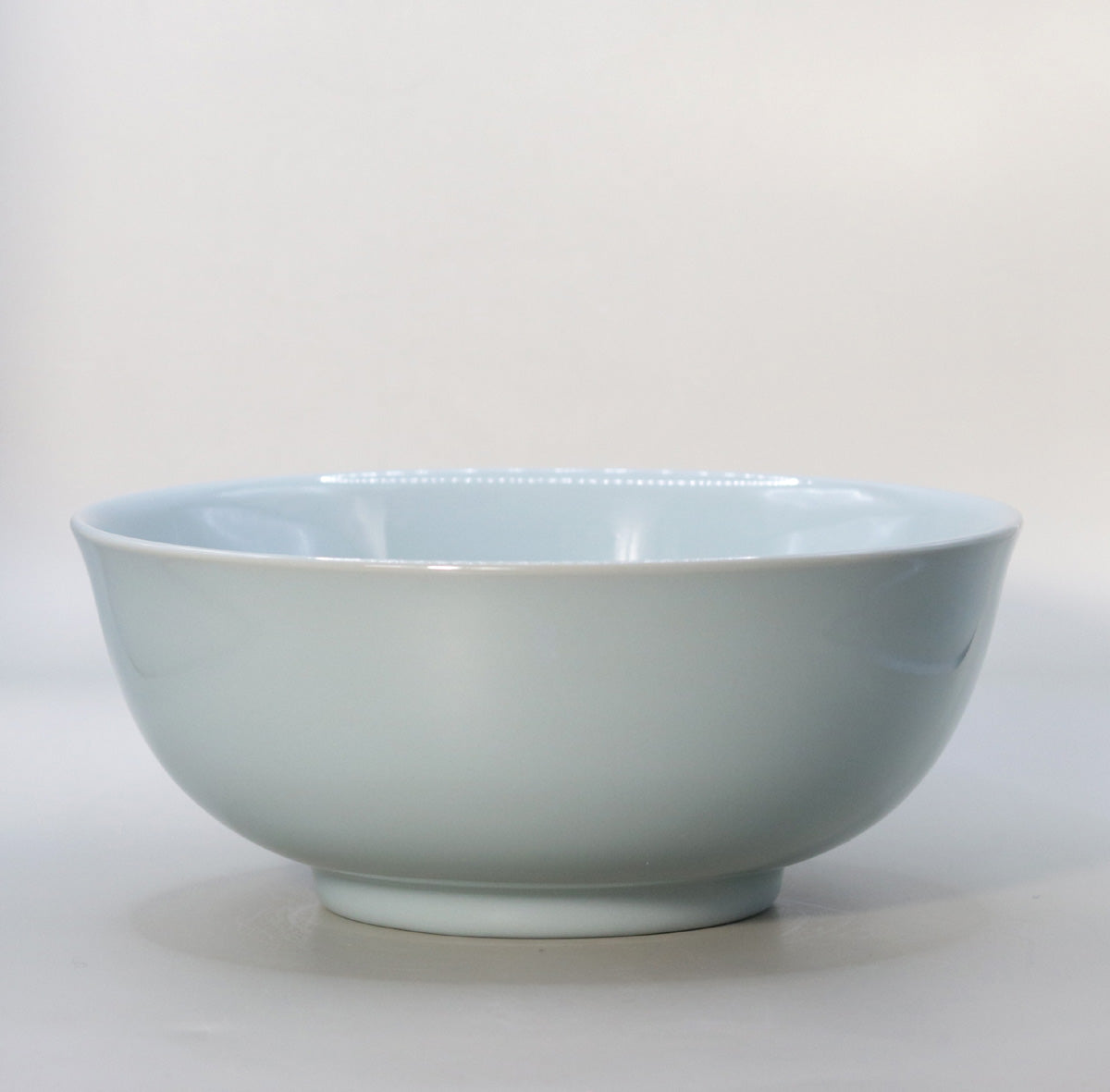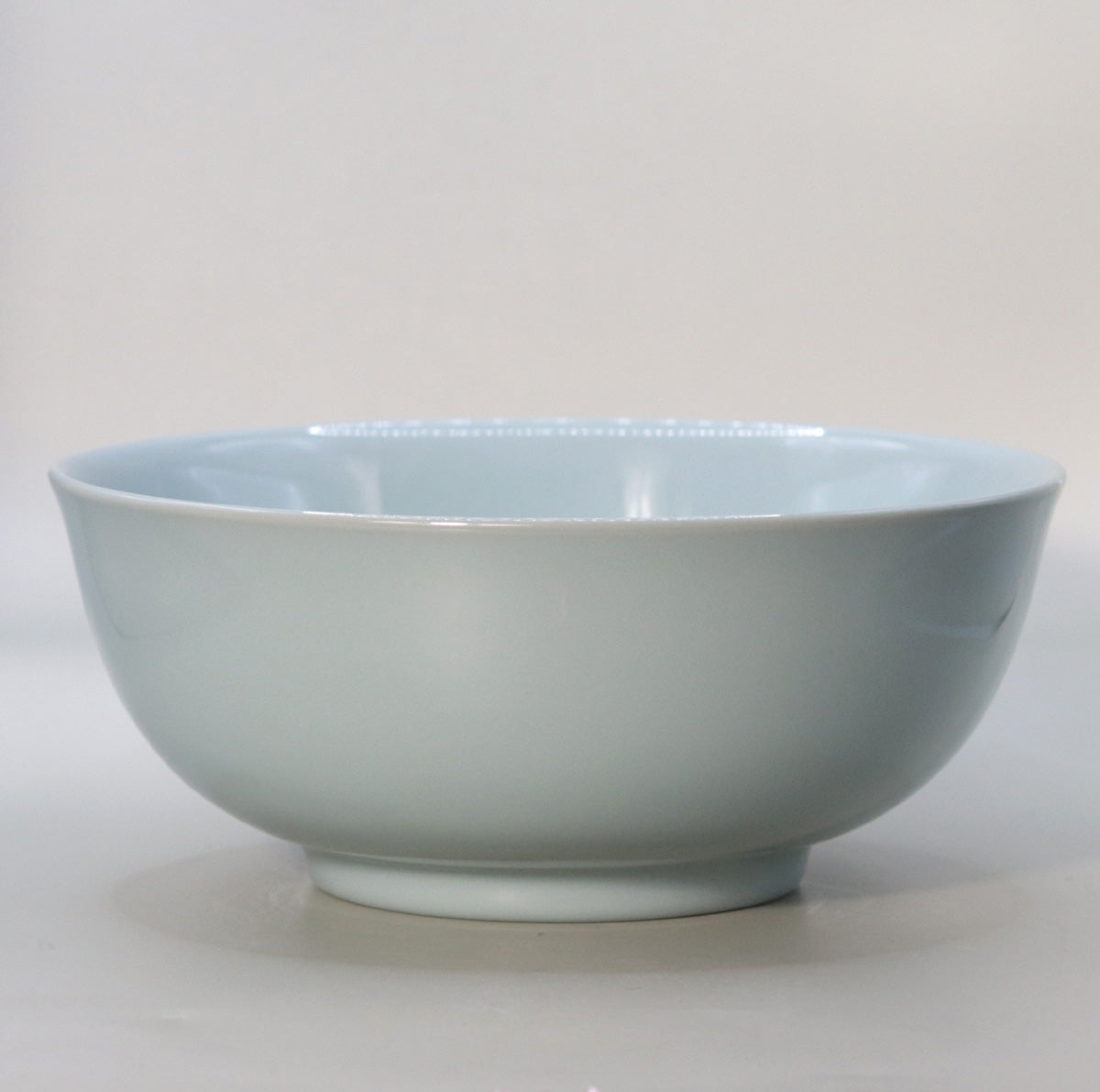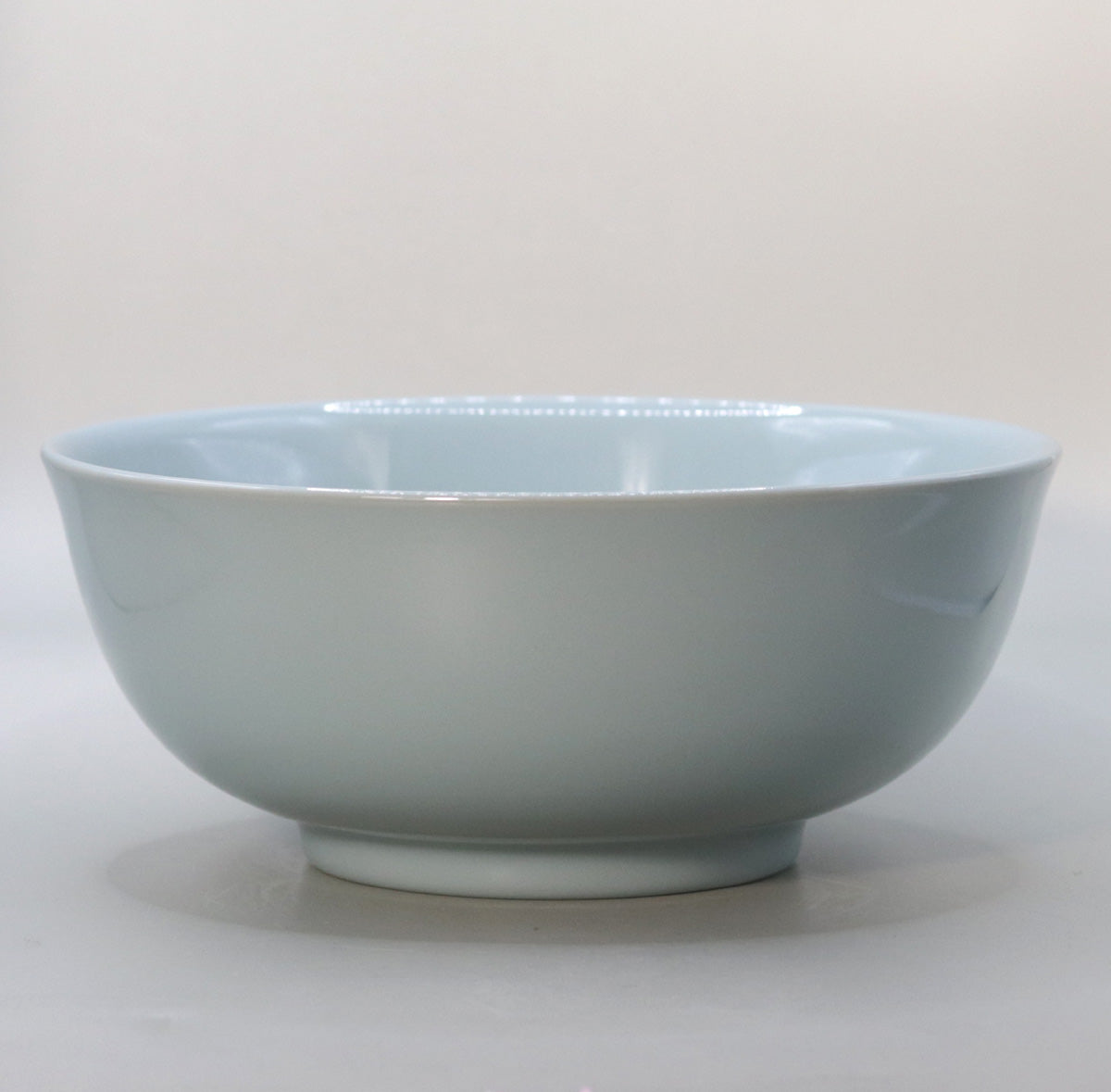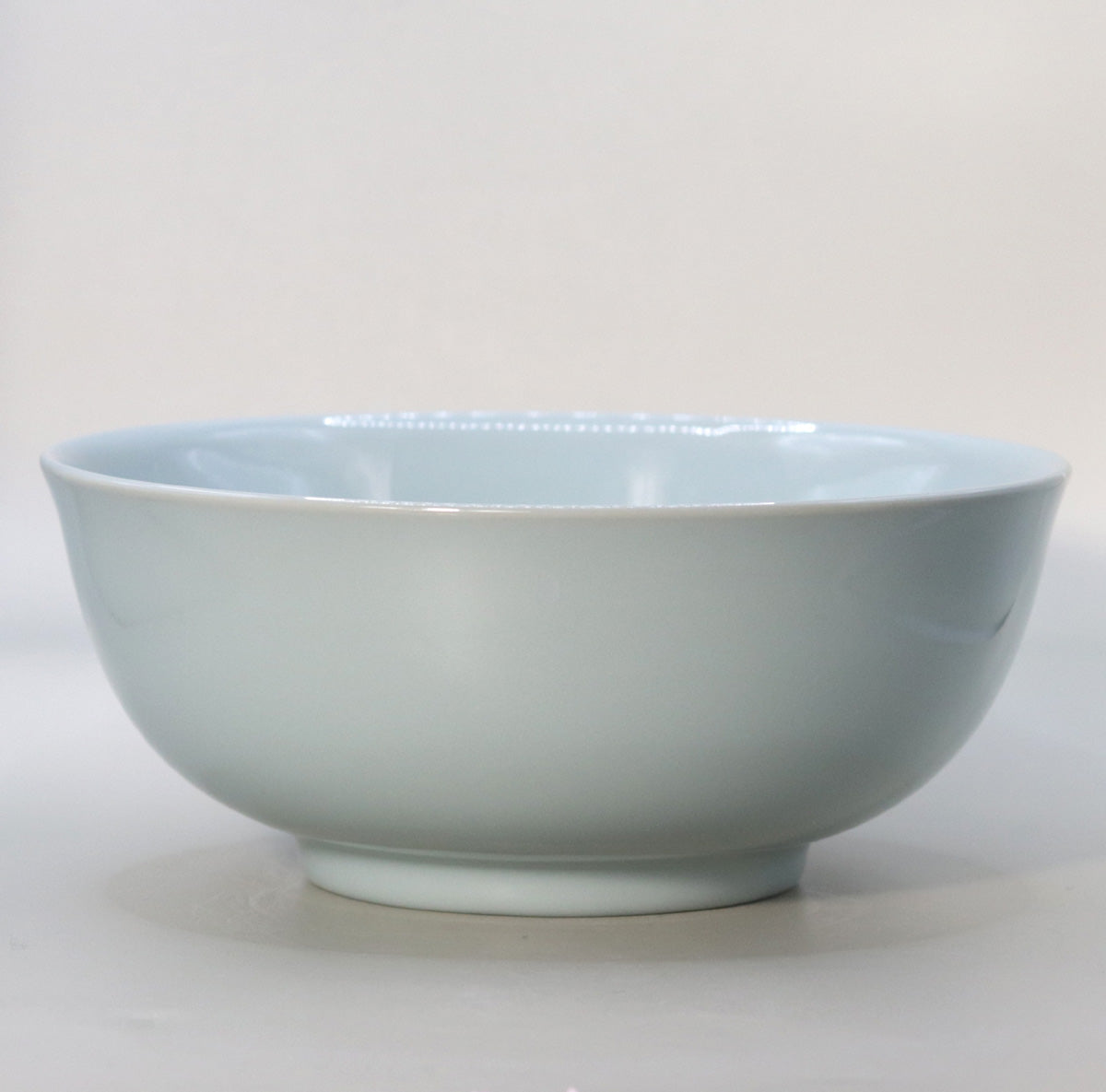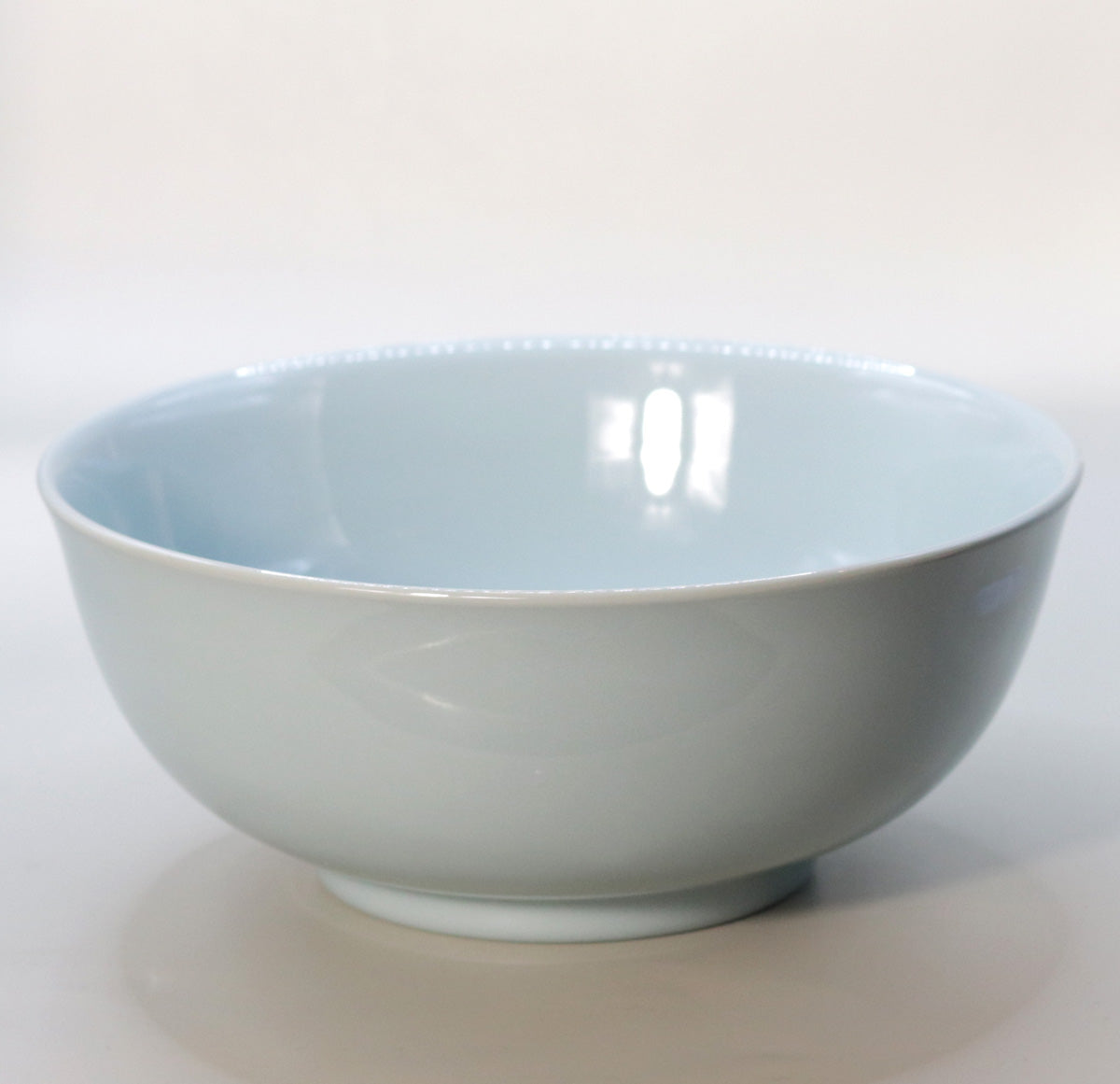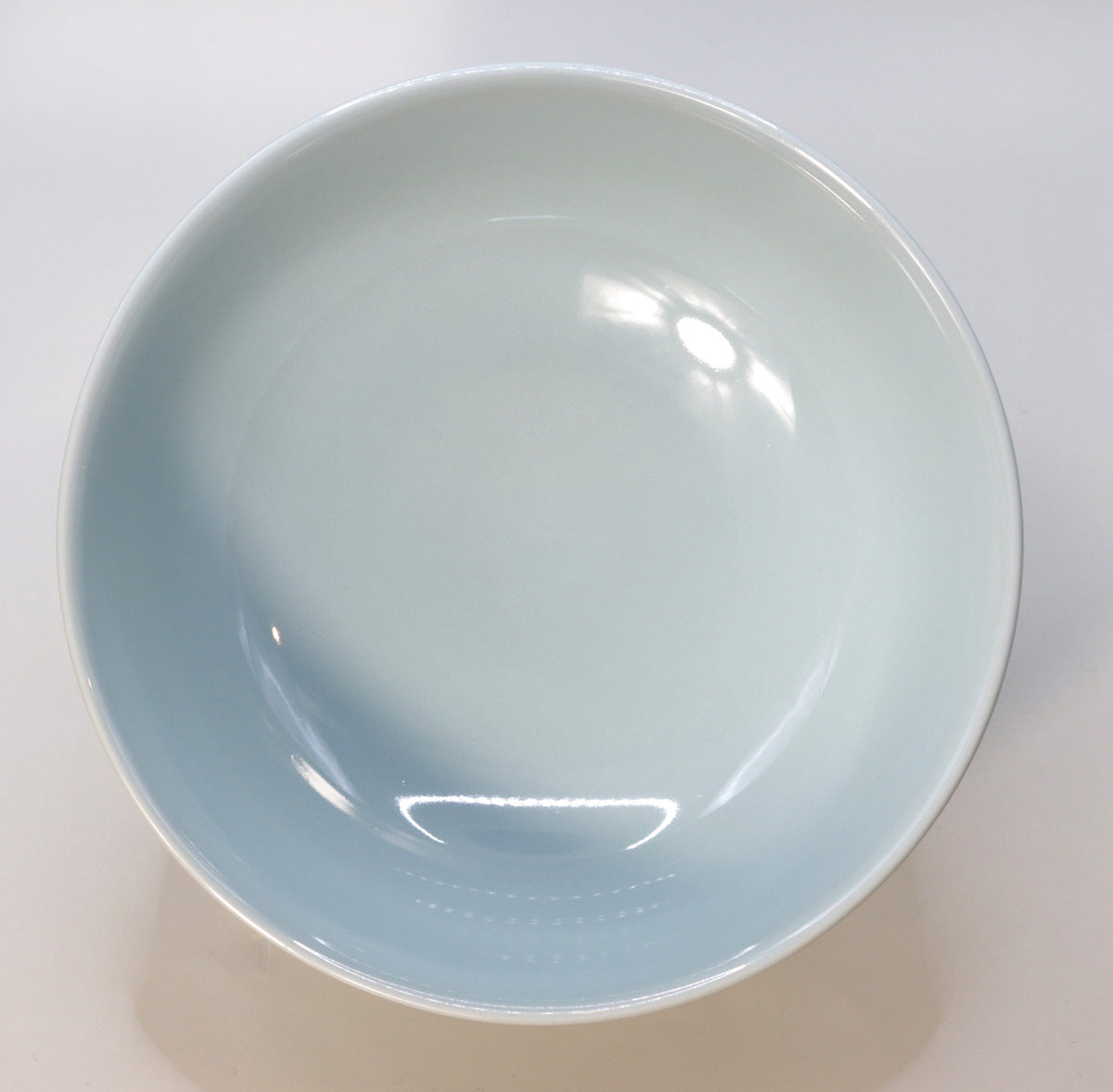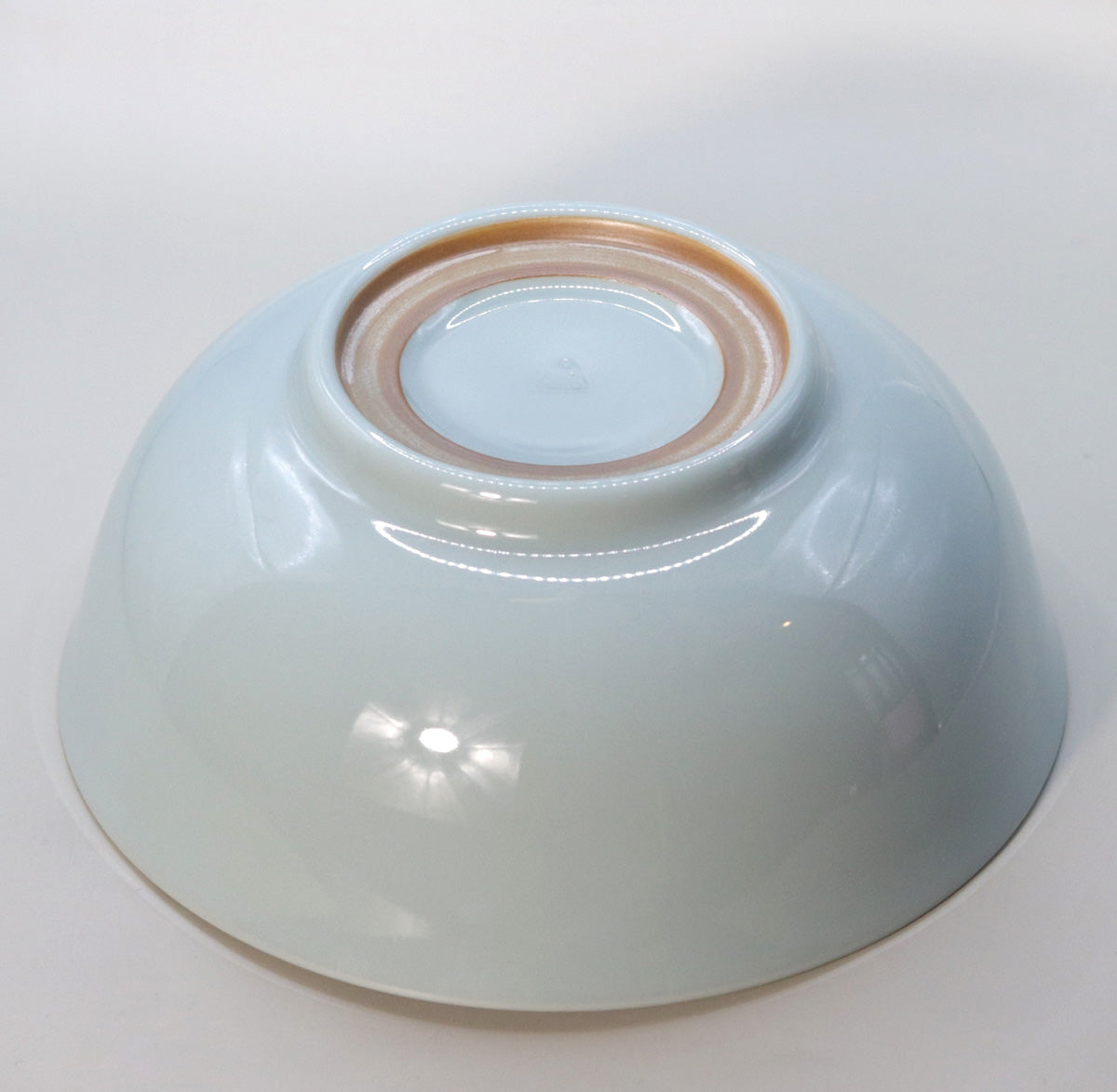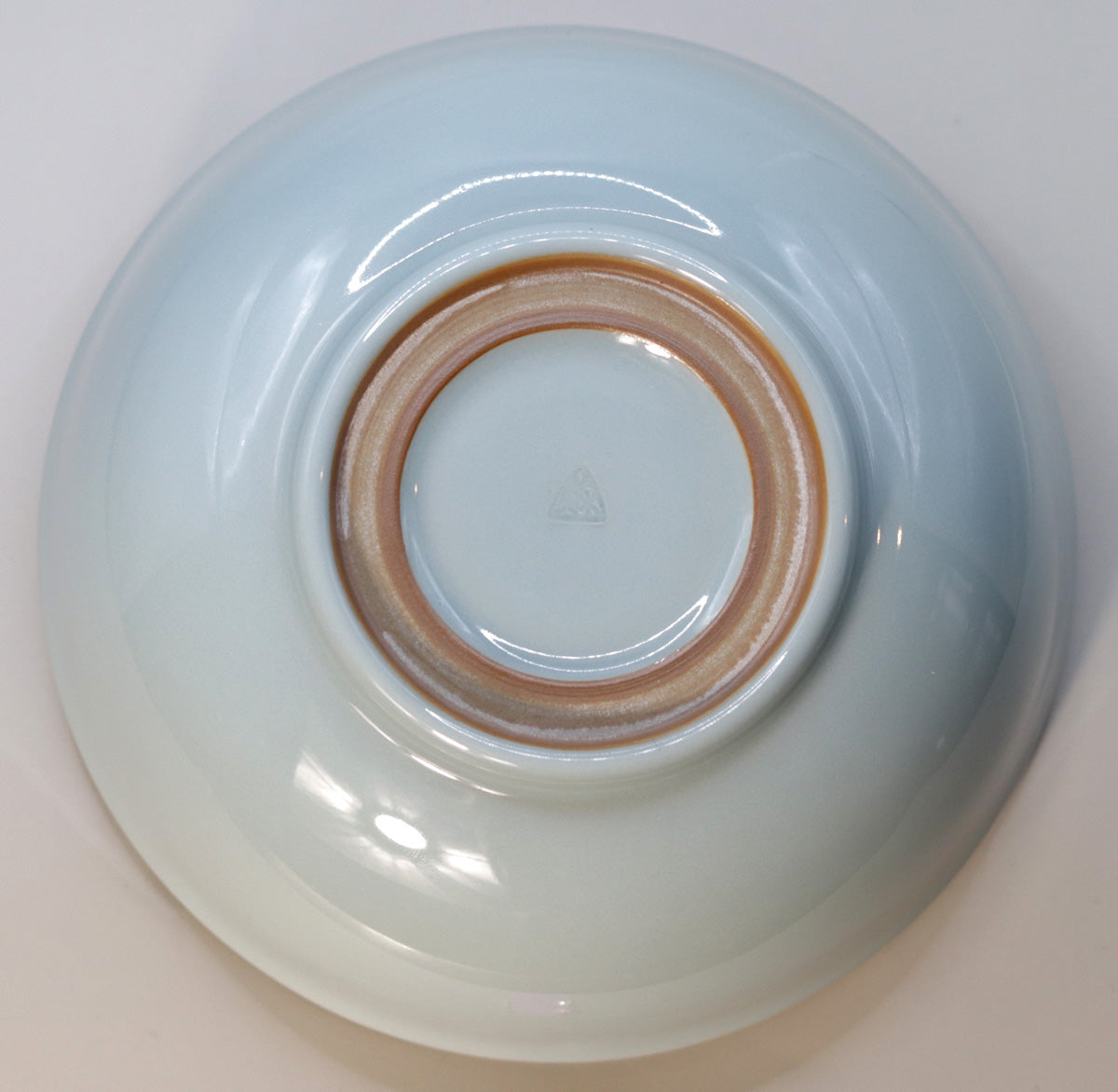Blue porcelain bowl, Suwa Sozan
Blue porcelain bowl, Suwa Sozan
Couldn't load pickup availability
Width: 20.3cm Height: 8.5cm
Clear vessels that reflect the aesthetics of Longquan in the Southern Song Dynasty
The "Celadon Tanhan Bowl" was created by Suwa Sozan IV, who reconstructed it in a way that is in keeping with the aesthetics and spiritual culture of Japanese life, based on the model of the shape and glaze of the Kinuta Celadon porcelain perfected at the Longquan kilns during the Southern Song Dynasty in China.
As you can see at a glance from the photo, the greatest features of this piece are its tranquil, clear glaze color and the gently flaring, curving rim . The neat bowl shape is imbued with a supple, taut, and restrained beauty of curve, making it truly one of the examples of "tableware that is both functional and a symbol of tranquil beauty."
Beauty of form - the tranquil appearance of the Tantan
The shape of this piece is "hatazori," meaning that the rim opens slightly outward , giving it a structure that combines visual lightness with practicality.
The open end style was also frequently used in Song dynasty celadon ware, and its opening is known for enhancing the function of the vessel while at the same time creating a sense of spaciousness . This bowl, created by Suwa Sozan, has an extremely smooth flow from the shoulder to the body, achieving a distortion-free, well-balanced form overall .
The base of the vessel is raised, giving it a sense of dignity and stability on the surface on which it is placed, while also creating a light, airy impression, as if the entire vessel is floating slightly. This **"floating center of gravity treatment"** is the technical key to achieving both serenity and elegance in the world of celadon.
The beauty of celadon glaze - "The light of jade" inherited from the first Sozan
Celadon was originally a general term for ceramics in which trace amounts of iron in the glaze give it a blue-green color when fired with a reducing flame. During the Song dynasty in China in particular, it was described as having a "jade-like color" and was beloved as ware for the imperial court.
The glaze applied to this piece belongs to the lineage of "Sozan Celadon", which was perfected by the first generation Suwa Sozan after about 25 years of trial and error. The translucent pale blue-green color changes appearance depending on the viewing angle and lighting conditions, sometimes appearing as pale blue porcelain and sometimes taking on a jade-like luster.
The glaze covers the entire bowl evenly, and is applied thickly to a high degree with no run-out or unevenness on the surface. In particular, the glaze accumulates slightly on the curved part of the rim, and the resulting light and shade of light create a "breathing" feeling that gives the bowl life .
The beauty of utility and the potential of tea utensils
This tanban bowl can be used as a serving bowl or a serving bowl at tea ceremony or traditional Japanese cuisine gatherings, and it also looks beautiful with a single flower floating in it, or it can be used quietly as a confectionery dish, adding an air of elegance to any occasion .
The shape of the edge of the plate not only has a visual effect of making the mouth of the vessel appear wider, but also contributes to its practicality, such as making it easy to hold in your hands and to serve from . This vessel can be said to be an attempt to reconstruct the "beauty of utility" inherent to celadon porcelain, harmonizing it with modern living spaces .
Celadon: inheriting history and heading towards the future
Kinuta Celadon is pottery that reached the pinnacle of technique and aesthetics in the Longquan kilns of the Southern Song Dynasty, and was highly valued, especially among the imperial court and literati, as a vessel symbolizing spirituality in place of bronze vessels. It later made its way to Japan through the Yuan and Ming dynasties, where it gained its own unique value by linking with the aesthetic sense of the tea ceremony.
The first Sozan Suwa inherited this tradition, but also had the lofty ambition of recreating Kinuta Celadon in the Japanese porcelain culture, and produced numerous celadon pieces from the Meiji to Showa periods. Successive generations of Sozan have continued to experiment and error, and to this day, the fourth generation of Sozans have maintained their stance as artists standing at the crossroads of the tradition and innovation of celadon .
This piece, the "Celadon Tanhanbachi" (Celadon Bowl), is also an extension of that lineage, but has been perfected as a vessel that is in tune with modern sensibilities and the lifestyle of the user .
Conclusion: Sublime beauty lies in silence
The "Celadon Tanhanbachi" is a masterpiece that, while based on the aesthetics of celadon from the Southern Song dynasty, recreates a tranquil and profound beauty for the modern era through the unique sense of form and glaze control of Suwa Sozan IV.
The blue is as clear as the blue sky, and the world seems to be reflected in the vessel. The bowl is filled with clear depth , as if the stillness of the universe had been condensed into the vessel. It calms the mind of the viewer, and brings a moment of stillness and coolness to the hands of those who touch it.
Share
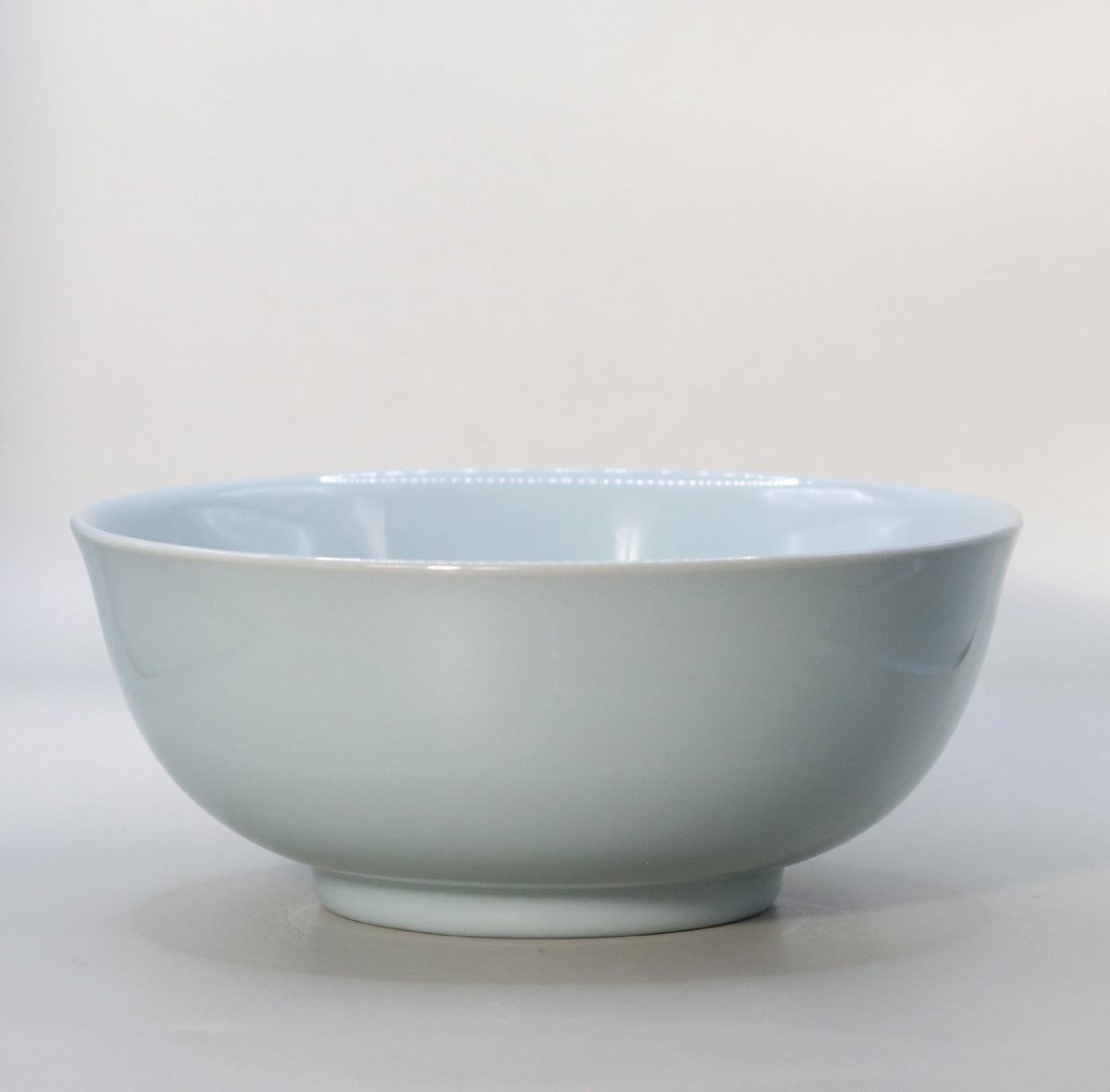
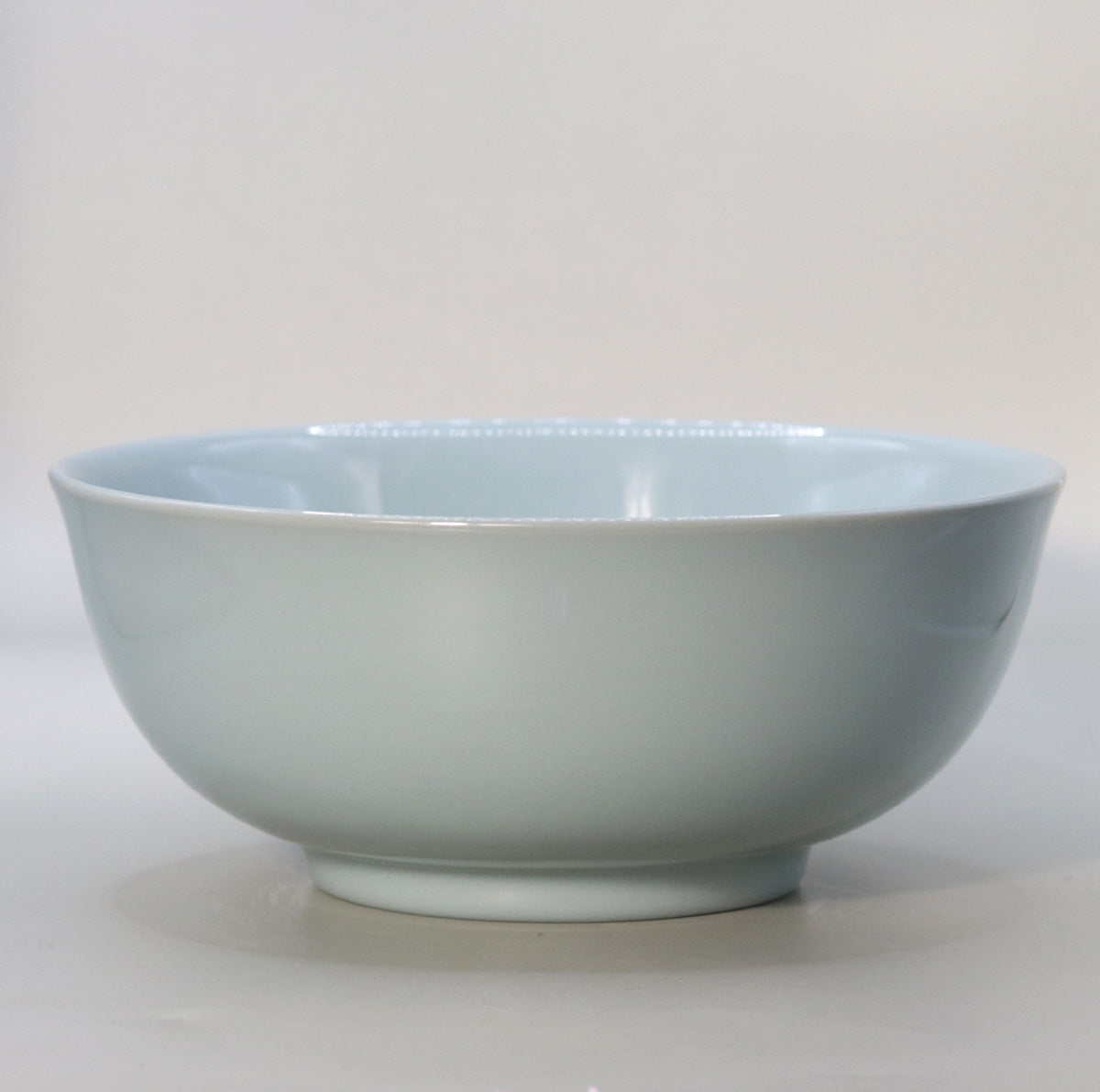
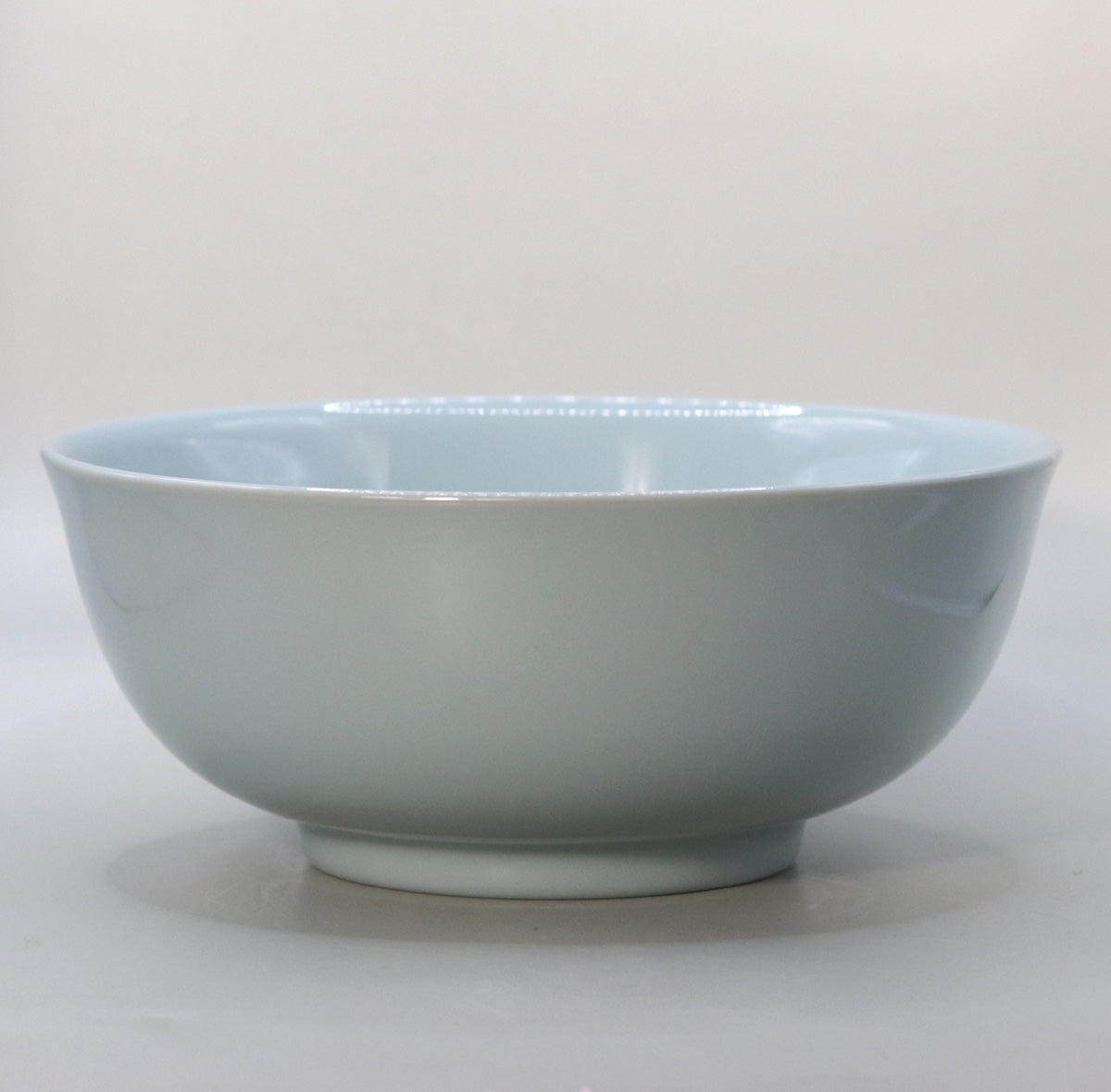
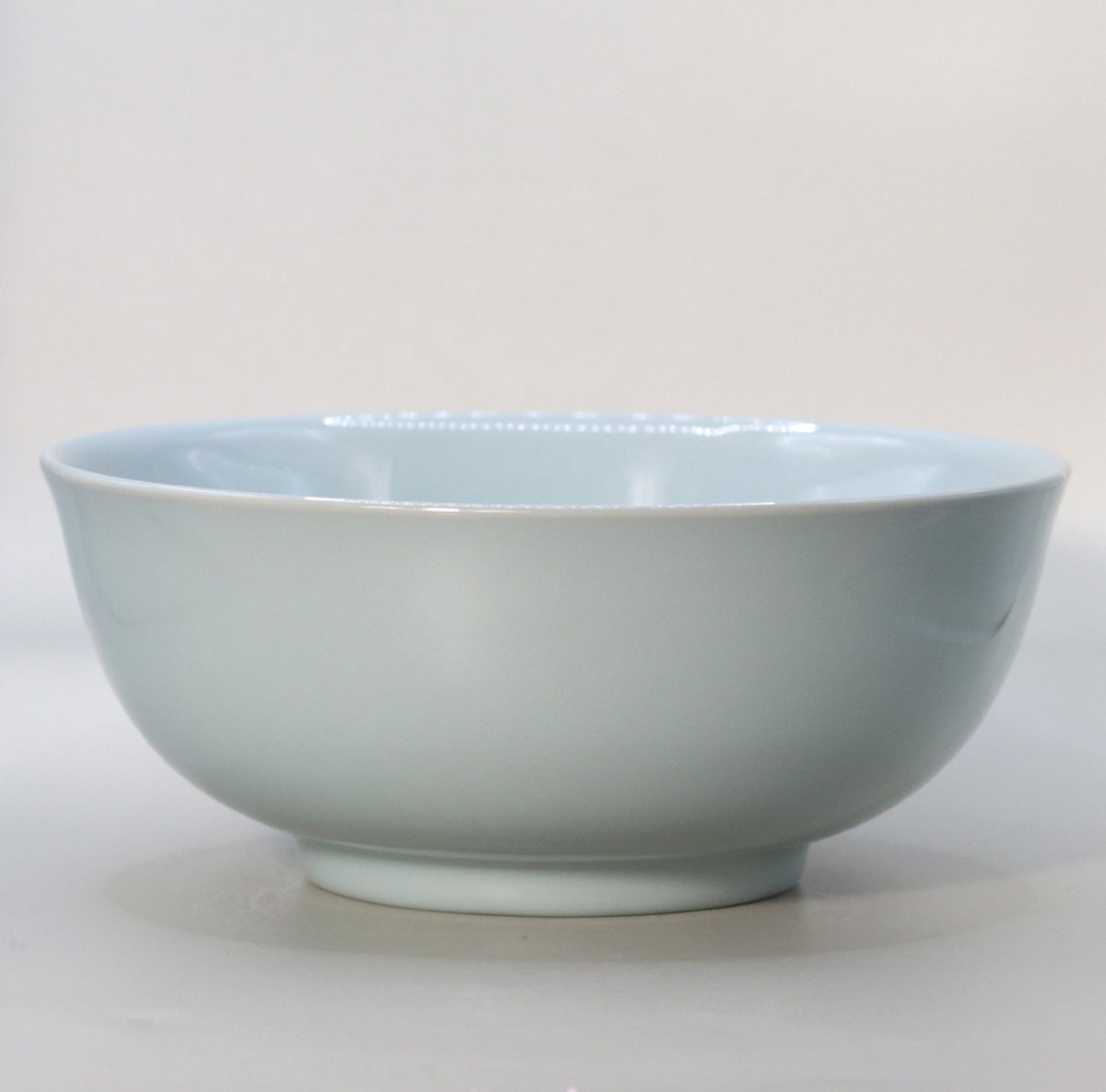
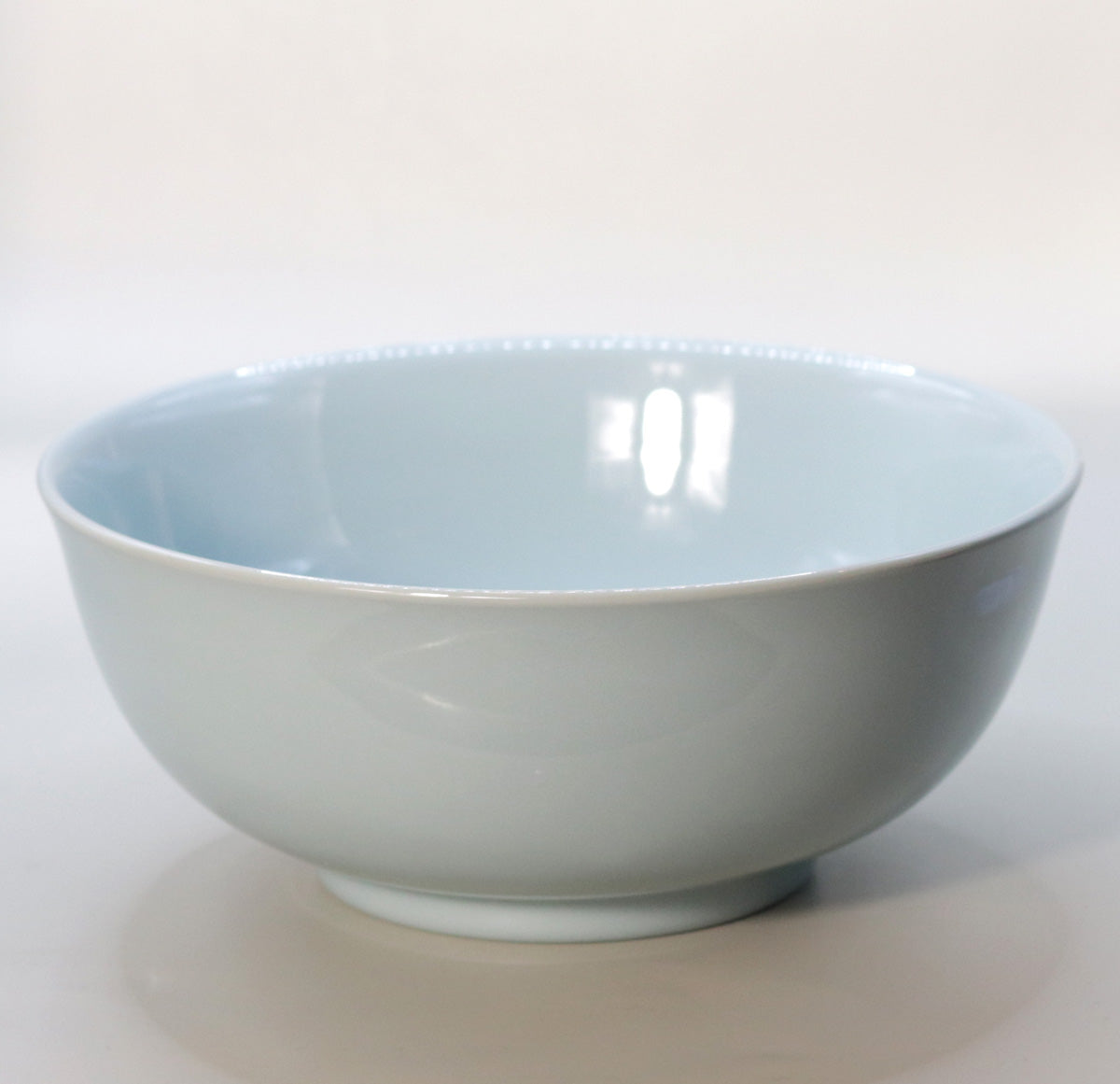
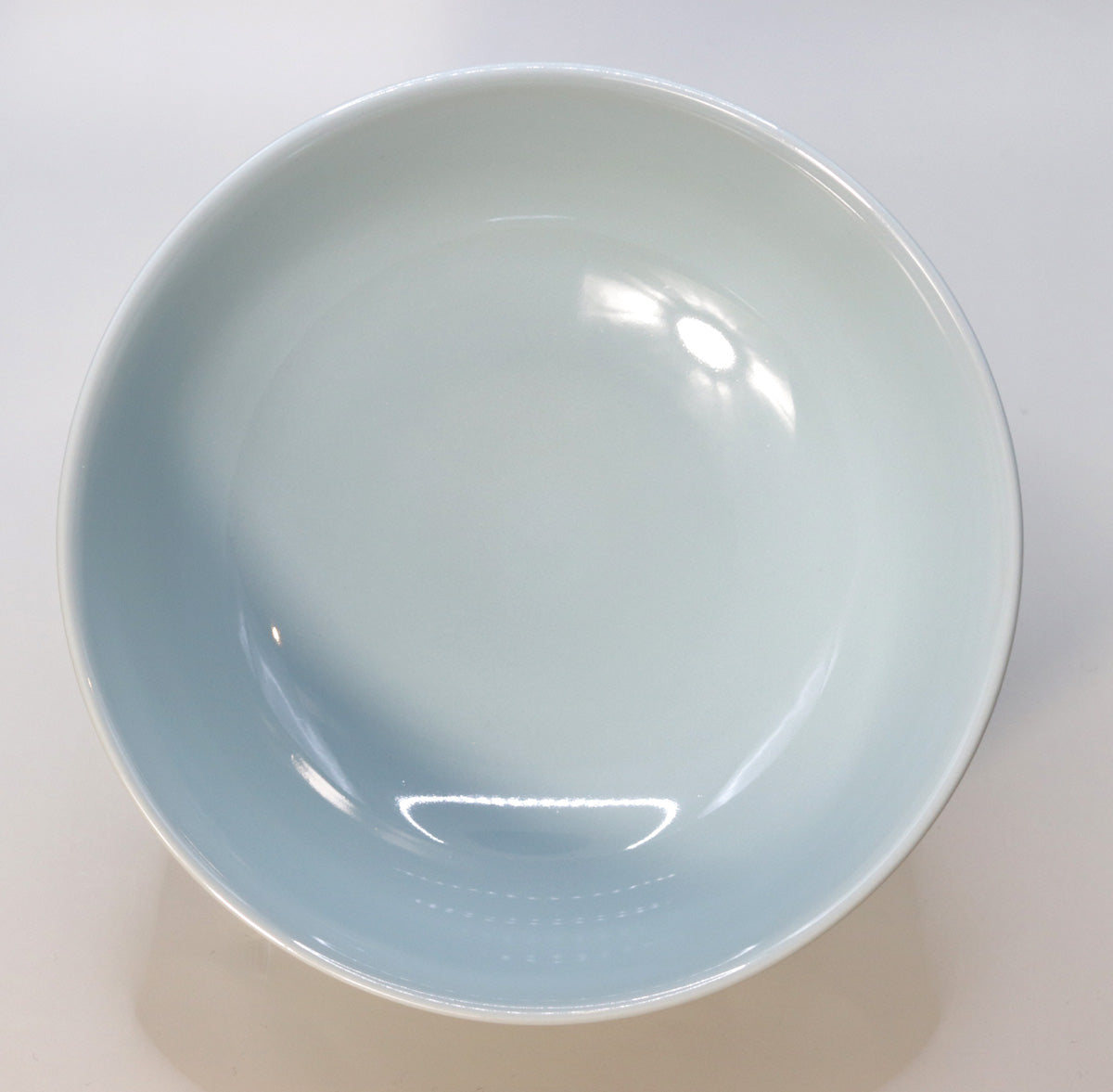
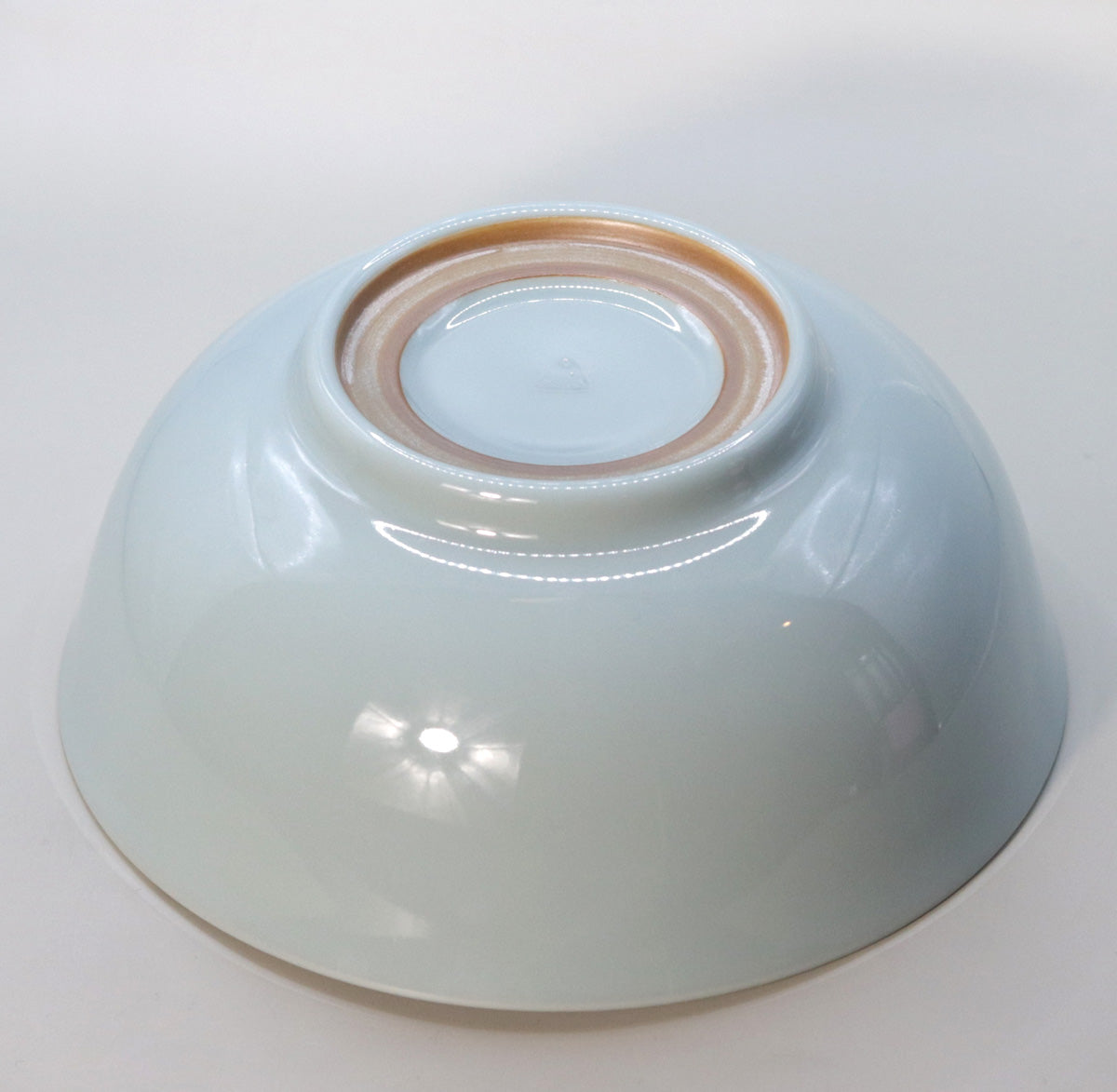
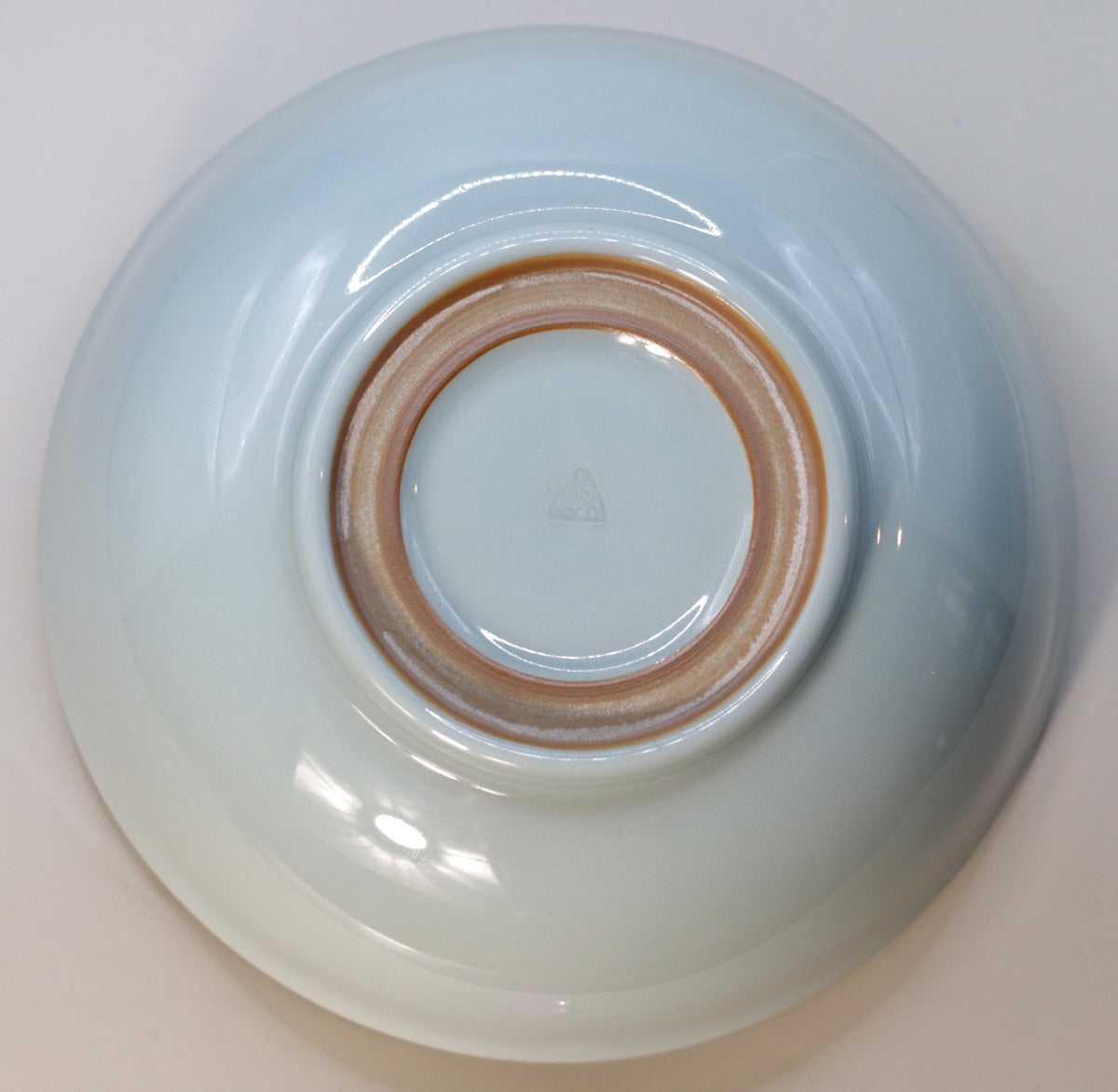
Multi-Column
-
[I will send it to you quickly and carefully]
We carefully package each product in a way that suits it best.
Also, delivery times vary depending on the piece (vessel, etc.).
Items that already come with a box will be shipped within 1-3 days of the order date.
For items that require a box to be made after your order, it will take approximately 30 days for production to be completed and then shipped.
In either case, once we have confirmed your order, we will contact you by email to inform you of the delivery date.
-
[Requests when purchasing pottery]
Even products that look the same may differ slightly in color, shape, size, etc.
The way the glaze is used, the power of the kiln, the firing method, the season, and the humidity also affect the appearance of the pottery.
Please understand the individuality of each piece of pottery and enjoy the unique warmth of handmade.

